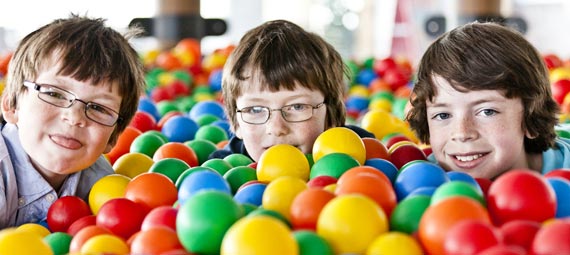The Core Values & Goals of Advanced Occupational Therapy Services
- Establish an understanding of each child through compassion and mindful awareness
- Build confidence in motor skills
- Prioritize each child’s sense of self worth
- Empower each child to explore and pursue his or her dreams/ambitions
- Achieve developmental milestones and success in learning
- Enhance fundamental integration of physiological health (sleep, emotional control, social awareness, body awareness)
Advanced Occupational Therapy Services have specialized methods for fulfilling core values and goals:
- Each therapist is valuing the efforts of each child as opposed to outcome during therapy sessions.
- Our Occupational Therapists are highly trained under the model of Dr. Jean Ayres: Sensory Integration, which focuses on child lead intervention and fosters re-organization of the sensory nervous system using integrative, not imposed methods. A child learns best when the motor skill is acquired through un-imposed attempts at executing the skill within a carefully constructed environment. The therapist choreographs a “just right challenge” and provides encouragement and support.
- Structured Programs are integrated into the children’s therapy care depending on their needs. Some of these programs include:
- Handwriting Without Tears
- Therapeutic Listening Program
- Neurofeedback Therapy
- Biofeedback Therapy
- Wilbarger Brushing Protocol for Touch Defensiveness
- Binocularity Training for Oculomotor Skill Development

What is Sensory Integration Disorder and Sensory Integration Therapy?
Sensory Integration Disorder is a condition that occurs when the brain does not effectively integrate the sensory input received from the seven senses in order to produce expected and typical responses. Two senses that are not commonly recognized yet are dramatically important to the health and function of the brain includes the vestibular sense (the body’s way of sensing head position through an apparatus in the inner ear) and the proprioceptive sense (the body’s ability to sense the position and movement of the muscles, tendons, joints). Atypical responses that are commonly seen in children when sensory input is not integrated properly includes:
- Difficulty with motor coordination
- Touch Sensitivity
- Sound Sensitivity
- Impulsivity or unsafe behaviors
- Emotional Outbursts
- Excessive touching of people or objects
- Personal Space issues
- Too much applied force on objects or people
- Not enough applied force on objects or people
- Difficulty controlling voice volume
- Difficulty timing and sequencing movements (i.e. skipping, jump rope, jumping jacks)
- Excessively smelling objects
- Gagging with certain smells or tastes
- Picky eater
- Picky with clothing preferences
- Avoidance of textures
- Preferring to wear long sleeves and boots even in summer or the reverse in winter
- Avoiding going barefoot in sand/grass
- Bumping into objects/people
- Diminished eye contact
- Difficulty with sporting activities
Who first identified Sensory Integration Disorder?
Dr. A. Jean Ayres, Occupational Therapist and Developmental Psychologist identified the condition known as Sensory Integration Disorder in the 1960’s. Due to the groundbreaking work and insight of Dr. Ayres, today millions of children suffering from sensory integration difficulties are receiving the occupational therapy services that they need to improve daily living skills and quality of life.
What causes sensory integration disorder?
Sensory Integration Disorder is considered a neuro-developmental disorder. As, such, direct cause of the condition is currently considered unknown. However among researchers, there is a common understanding that several factors contribute to the condition. It is believed that genetic make up and environmental influences play a role. Prenatal and birth complications are also considered as possible factors contributing to the presence of the condition.
What does an Occupational Therapist do to treat Sensory Integration Disorder?
Prior to treating the disorder, a child’s specific sensory system must be assessed to identify the true nature of the difficulties. A thorough evaluation using the latest standardized testing equipment combined with clinical reasoning through observation and gathering of information from past history is critical for developing the proper plan of care. This must occur individually, as every child’s neurological makeup is specific only to him or her.
Once an evaluation is completed, the child’s plan of care is created with the following principles:
- The Road to building a child’s weaknesses is laid directly through his or her strengths. Therefore it is critical to pay attention not only to a child’s identified weaknesses but to their strengths as well.
- Activities are created that involve both the child’s strength and weakness. The scales are always tipped in favor of the strength. Task reward lies in accomplishing the aspect of the task that is associated with the child’s strengths. Yet the carefully orchestrated activity requires effective execution of a sub skill associated with the child’s weakness.
- Cognition is enhanced through Motor Learning. This is why Occupational Therapists are involved within the school systems.
- Movement Experiences are orchestrated to promote learning:
- Problem Solving (i.e. now do it with your eyes closed…)
- Encouraging a child to re-invent a toy (hula hoop, a water hose, swing set)
- Channel Creativity into Movement Experiences
